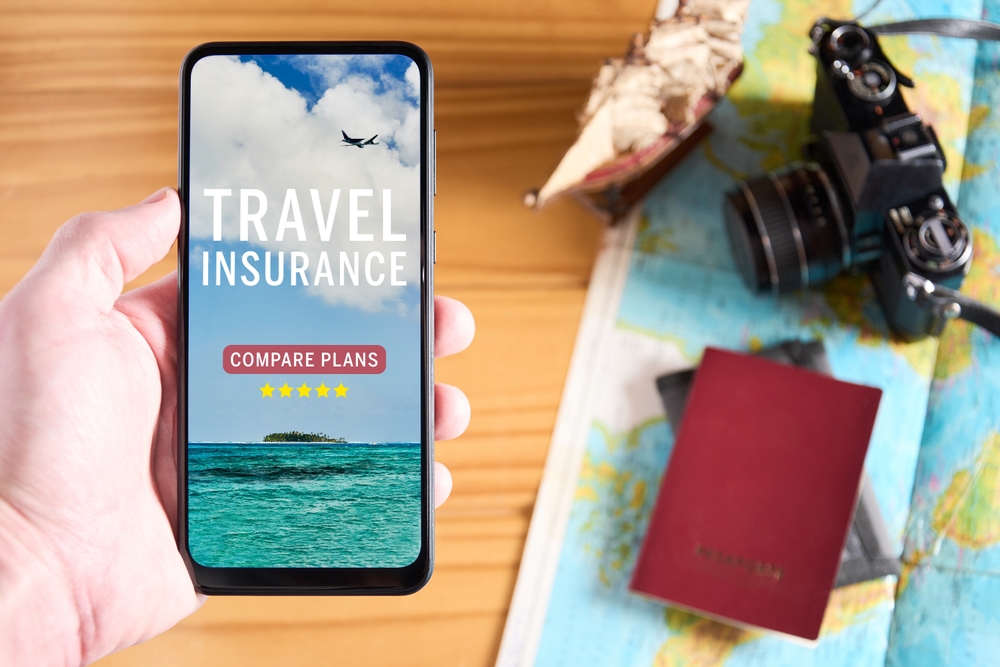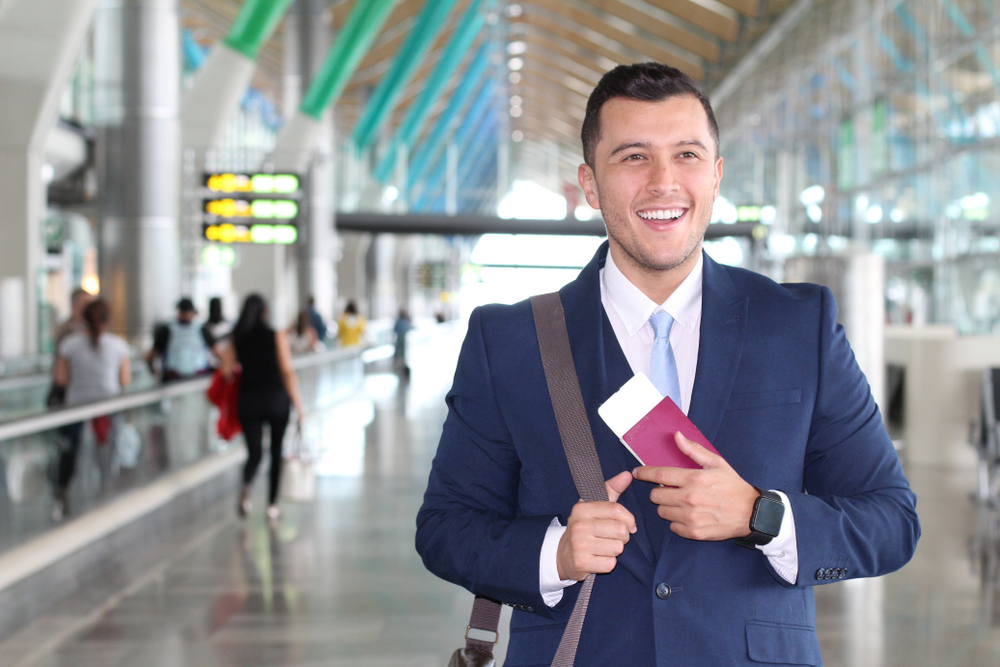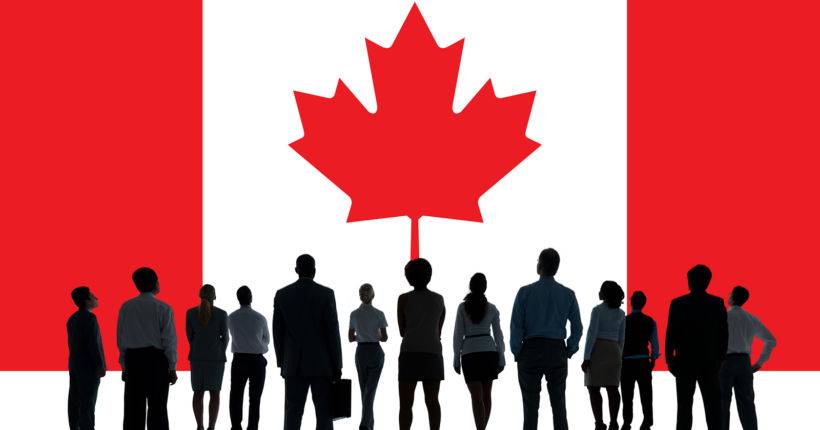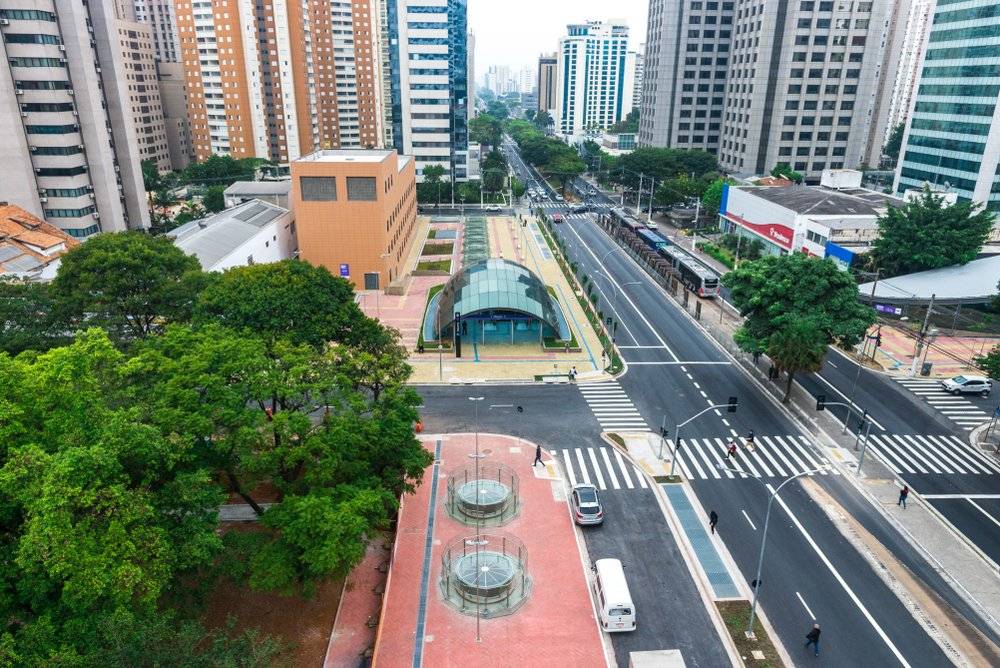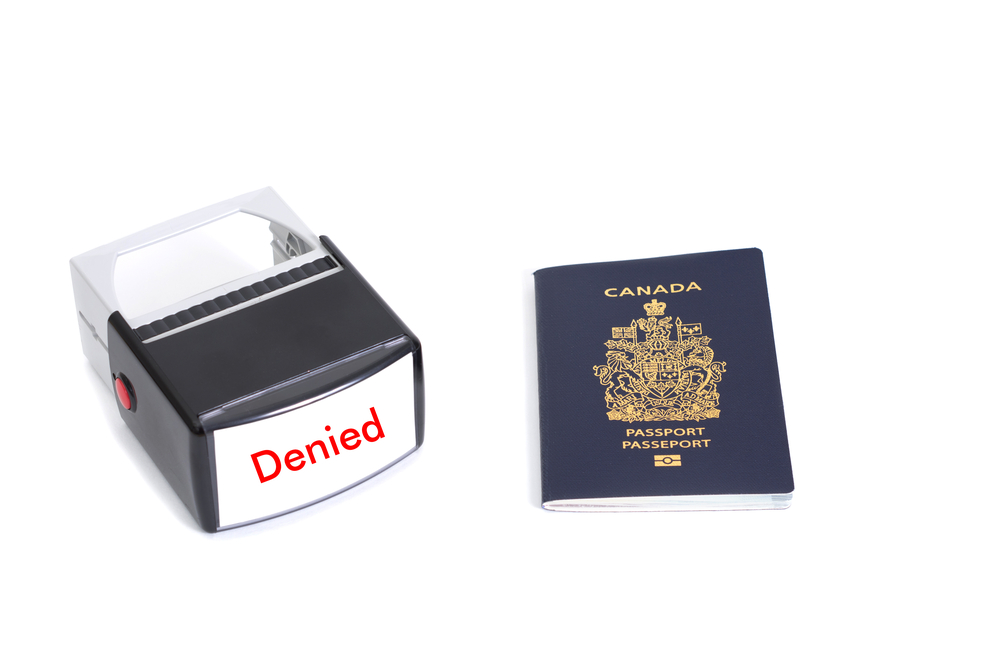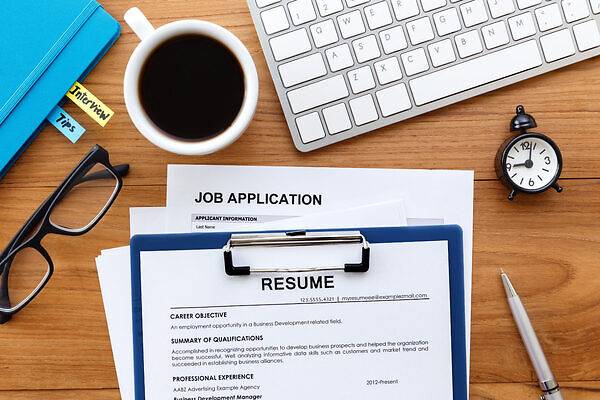The B1 B2 Visa Journey
Today, we will discuss the B1/B2 Visa – your golden ticket to exploring the richness of the good ol’ United States. So, buckle up as we embark on this comprehensive guide that’s chock-full of insights, stories, and everything you need to know about making the most of your B1/B2 Visa adventure.
What Is a B1 B2 Visa?

Have you ever wondered about that golden ticket that swings the doors wide open to both business ventures and leisurely escapades in the U.S.? Well, wonder no more because that’s none other than the B1/B2 Visa.
Picture this: You’re not just getting a visa but a passport to a dual world of opportunities. It’s like having a backstage pass to the American dream – one that lets you don the hat of a business maven during the day and a leisure seeker by sunset.
How Long Does It Take To Get a B1 B2 Visa?
On average, the processing time ranges from a few weeks to a few months. That might sound like a bit of a waiting game, but fear not – patience is a virtue, especially when Uncle Sam is involved.
Factors like the time of year, the consulate you’re dealing with, and even global events can sway the processing time. But hey, don’t let that deter you. Instead, let it be the fuel for your meticulous planning.
Here’s a nugget of wisdom – start the application process well in advance. It’s like marinating a steak; good things come to those who wait. By getting a head start, you’re ensuring that your U.S. adventure unfolds smoothly, with no last-minute surprises.
And remember, each visa application is a unique story. While some might breeze through the process, others may take a bit more time. The key? Stay informed, stay patient, and you’ll soon find yourself stepping onto American soil with that shiny B1 B2 Visa in hand.
How Many Times Can You Visit the U.S. With a B1 B2 Visa?
Now that you’ve got the golden ticket – your B1 B2 Visa – let’s talk about the true beauty of it: the unlimited experiences it offers.
So, how many times can you visit the U.S. with this visa? Drumroll, please – there’s no set limit. Yep, you heard it right. The B1/B2 Visa isn’t a one-trip wonder; it’s your all-access pass to the United States, allowing you to waltz in and out as your heart desires.
With the B1 B2 visa, you’re not confined to a strict itinerary or a limited number of entries. Instead, you have the freedom to make the most of every opportunity the U.S. throws your way. Whether it’s for business meetings, family reunions, or just to soak in the American ambiance, the B1/B2 Visa has your back.
Now, I know what you’re thinking – is it really that flexible? Absolutely. The only catch is that each visit needs to align with the purpose for which the visa was granted. So, if you got it for a business trip, keep it business; if it’s for leisure, let the good times roll.
Read – Expedia Airline Tickets: Find the Best Deals for Your Trip
B1 B2 Visa Cost
Let’s dive into the dollars and cents of your B1 B2 Visa Cost. We’re not just untangling financial intricacies; we’re giving you the keys to budgeting like a pro for your U.S. escapade.
So, what’s the scoop on B-1/B-2 Visa expenses? The cost can vary based on a few factors, including the country you’re applying from and the specific U.S. consulate involved. Think of it like choosing between a budget airline and first-class – the price might fluctuate, but the destination remains the same.
Here’s a nugget of wisdom: Check the official U.S. Department of State website for the most accurate and up-to-date fee information. Remember, the cost isn’t just about the visa application fee; it might also include additional fees for services like visa issuance.
When budgeting for your B1 B2 visa application, consider all aspects – from the visa fees to the proverbial souvenirs. It’s not just a financial transaction; it’s an investment in your journey. So, untangle those financial knots, plan wisely, and ensure your American adventure is worth every dime.
B1 B2 Visa Requirements
First things first, make sure you’ve got your passport ready. It should be valid for at least six months beyond your intended stay. Next up is the DS-160 form – your roadmap for the visa application process. Think of it as plotting your course before setting sail.
Now, let’s talk about proof of ties – the anchor that keeps you connected to your home country. This could be a job, property, or family, proving you’re not planning an extended stay on Uncle Sam’s turf.
Financial fitness is key, too – showcase your ability to fund your U.S. adventures without resorting to couch-surfing. It’s like flexing those financial muscles, proving you’ve got the means to explore without a financial hiccup.
Remember, each requirement is like a piece of a puzzle; when they all fit together, you’re ready to travel to the U.S. hassle-free. So, gather your documents, tick those boxes, and get ready to set foot on American soil.
B1 B2 Visa Application Process
Now that you’ve got your documents in shipshape, let’s talk about the B1 B2 Visa application process. It’s not just a process; it’s a step-by-step journey that we will go through confidently.
Imagine this as a treasure hunt, and the treasure is your approved visa. The first stop is the online treasure map, also known as the DS-160 form. It’s your initial handshake with Uncle Sam, so make it count. Fill it out accurately, and you’re setting sail on the right course.
Next, it’s time to pay the piper – the visa application fee. Think of it as the toll on the road to your American adventure. Pay it promptly, and you’ll avoid any unnecessary roadblocks.
Once the paperwork is squared away, it’s visa interview time – the grand finale. This is where you step into the spotlight, face the consular officers, and tell your story. It’s not just a formality; it’s your chance to showcase your intent and enthusiasm for the journey.
Top tip: Be yourself, tell your story authentically, and let your excitement shine through. Remember, it’s not a test; it’s a conversation. Nail the interview, and you’re one step closer to getting your B1/B2 Visa approved.
So, there you have it – Gather your documents, follow the roadmap, and get ready for an adventure that’ll leave you with stories to tell for a lifetime. Happy travels!
Interview Success: B1 B2 Visa Interview Tips
Now, let’s talk about the grand finale of your visa journey – the B1/B2 Visa interview. Picture it as your moment in the spotlight, your chance to shine and impress the consular officers.
First and foremost, it’s all about presentation. Dress the part – it’s not just an interview; it’s a first impression. Imagine it as a date with Uncle Sam; you want to look your best.
Body language is your silent communicator. Maintain eye contact, stand tall, and let your confidence speak volumes. It’s not just about what you say but how you say it.
When responding to questions, be clear and concise. Avoid unnecessary rambling; think of it as a conversation, not a monologue. This is your chance to show you’re well-prepared and genuinely excited about your U.S. journey.
Top tip: Be honest and straightforward. Consular officers appreciate sincerity. If you don’t know an answer, it’s okay to admit it. Honesty goes a long way.
Lastly, remember to breathe. It’s not an interrogation; it’s a conversation. Stay calm, collected, and let your enthusiasm for your U.S. adventure shine through.
There you have it – your roadmap to interview success. Ace that interview, and you’re not just getting a visa; you’re opening the door to a world of opportunities in the United States.
Have a safe trip, and may your B1 B2 Visa journey be as smooth as a well-executed dance with consular officers!
Read – Immigration Consultants in Canada: Your Path to Successful Immigration
Overcoming Obstacles: Reasons for B1/B2 Visa Denial
Let’s talk about the bumps on the road – the potential pitfalls that might lead to a B1/B2 Visa denial. Understanding the common reasons behind these denials is your secret weapon to fortify your application and tilt the odds in favor of approval.
Think of it as preparing for a grand expedition. The key here is knowledge – knowing the lay of the land and being aware of the common stumbling blocks. One major pitfall is insufficient ties to your home country. It’s like trying to anchor a ship without a sturdy rope; proving your connection back home is crucial.
Another stumbling block could be financial instability. Uncle Sam wants to make sure you won’t be left high and dry during your U.S. stay. So, showcase your financial prowess, ensuring you can fund your adventure without a hitch.
Criminal records? They’re like potholes on the visa highway. While not all convictions lead to denials, honesty is the best policy. Transparently disclose any past incidents and let the consular officers know you’ve learned from your journey.
Remember, every denial is a lesson. Arm yourself with knowledge, address these obstacles head-on, and you’ll be well-prepared to go through the tricky terrain of B1/B2 visa applications.
Can You Change Status From B1 B2?
Picture this: You’ve landed in the U.S. with a B1 B2 Visa, but life is full of surprises, right? The good news is change is constant, and Uncle Sam understands that. So, can you switch lanes and transition to other statuses? The answer is a resounding yes, but – and there’s always a but – it comes with its own set of rules and considerations.
Consider the B1/B2 Visa a versatile wardrobe; you can dress for business or leisure. But what if you suddenly want to don the attire of a student, worker, or maybe even a future U.S. citizen? Well, the key lies in navigating the legalities and ensuring you follow the proper procedures.
Now, this isn’t a decision to be taken lightly. Changing your status involves a dance with U.S. immigration laws, and missteps can lead to a plot twist you might not have bargained for. It’s like stepping onto a new dance floor – you need to know the moves.
So, fellow adventurers, if the winds of change are blowing your way, understand the steps, consult with the immigration maestros, and waltz into your new U.S. status with confidence. After all, in the journey of life, change is not just a constant – it’s your ticket to new experiences.
FAQ
How long can I stay in the U.S. with a B1/B2 Visa?
The duration of stay on a B1/B2 Visa varies. Typically, it ranges from a few weeks to six months. However, the actual length is determined by the Customs and Border Protection officer at the port of entry. It’s essential to adhere to the authorized period and avoid overstaying to maintain good standing for future visits.
Can I work in the U.S. with a B1/B2 Visa?
No, a B1/B2 Visa’s primary purpose is business (B1) and tourism or family visits (B2). Engaging in any form of employment or paid work is strictly prohibited. If you plan to work in the U.S., you need to explore other visa options tailored for employment.
What are the common reasons for B1/B2 Visa denial?
B1/B2 Visa denial is due to insufficient ties to the home country, financial instability, and a criminal record. It’s crucial to demonstrate strong ties and financial capability and address any past incidents transparently during the application process.
Can I extend my stay on a B1/B2 Visa?
It is possible to request an extension for a B1/B2 Visa. However, extensions are granted based on specific circumstances, such as unforeseen emergencies or events preventing your timely departure. It’s advisable to apply for an extension well in advance of your authorized stay expiration.
Can I apply for a B1/B2 Visa if I’ve been denied before?
Yes, you can reapply for a B1/B2 Visa even if you’ve been denied previously. However, addressing and rectifying the issues that led to the previous denial is crucial. Provide additional documentation, strengthen ties to your home country, and ensure your application reflects a compelling case for your intended visit. Each application is considered independently.

